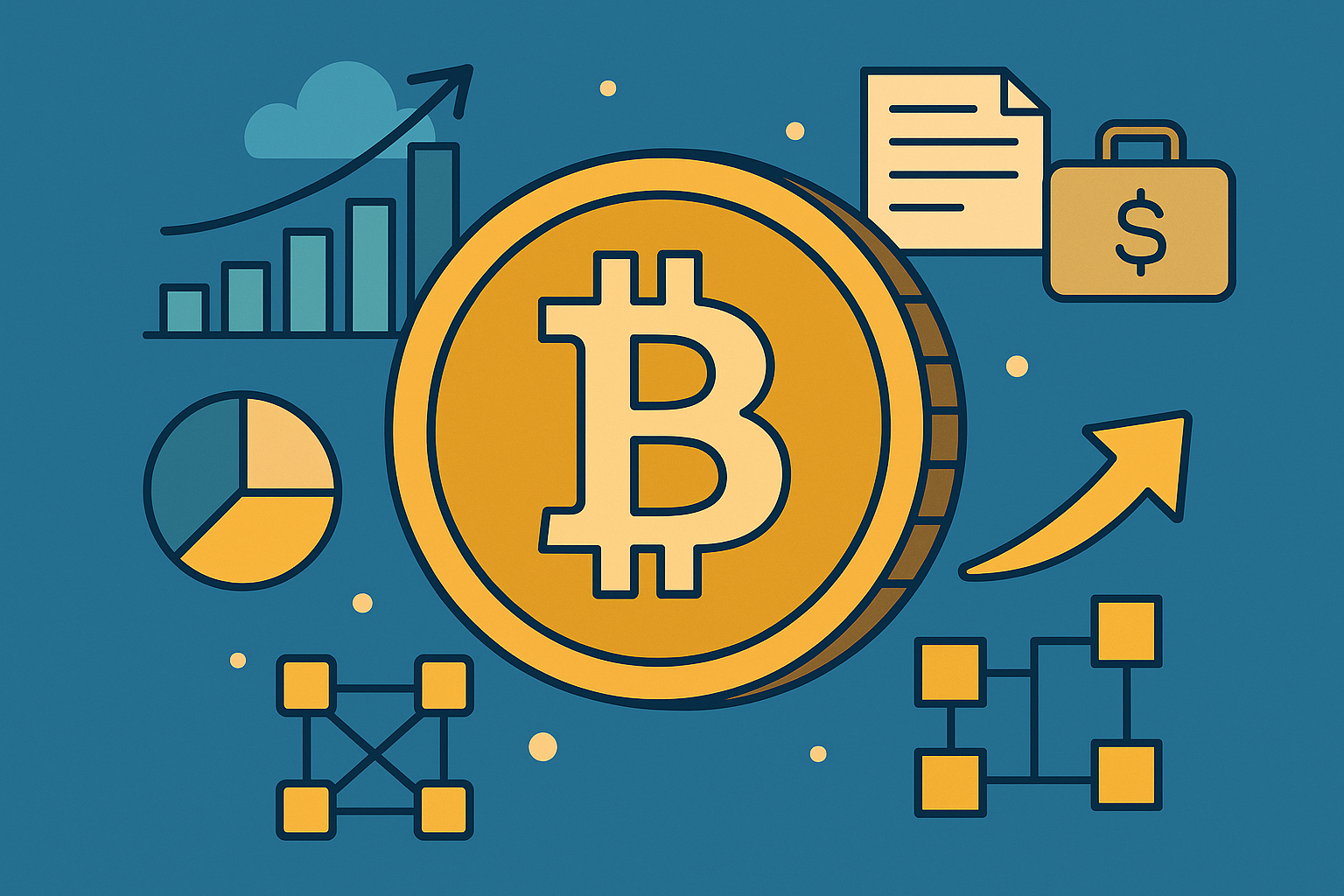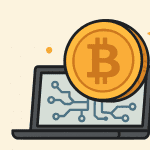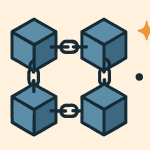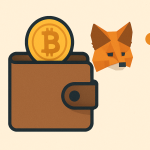If you’re new to crypto, you may have seen the word “tokenomics” and wondered what it means. Is it important? Should you care?
The answer is yes.
Tokenomics is a mix of the words “token” and “economics”. It explains how a cryptocurrency works, how it’s used, and what makes it valuable.
In this beginner-friendly article, we’ll explain what tokenomics is, why it matters, and what to look for when evaluating a crypto project.
Contents
What Is a Token?
Before we talk about tokenomics, let’s quickly review what a token is.
A token is a digital asset built on a blockchain. It can be used for different things, such as:
-
Paying for services (like using Ethereum to pay for gas fees)
-
Voting in decentralized apps (DAOs)
-
Playing games (game tokens)
-
Earning rewards (staking or farming)
Tokens can represent value, ownership, access, or even a piece of a project.
What Is Tokenomics?
Tokenomics is short for token economics. It describes everything about a token’s:
-
Supply
-
Distribution
-
Use cases
-
Incentives
-
Burning or minting rules
Basically, tokenomics explains how the token works inside the project — and how it affects the people using or holding it.
Why Is Tokenomics Important?
Good tokenomics can make a project strong, valuable, and sustainable.
Bad tokenomics can lead to price crashes, inflation, or people leaving the project.
Before buying any crypto, it’s smart to check the tokenomics. It helps answer:
-
Will this token go up in value?
-
Will people keep using it?
-
Is the supply limited or unlimited?
-
Are early investors dumping their tokens?
Key Parts of Tokenomics
Let’s break down the most important parts of tokenomics that every beginner should know:
1. Total Supply vs. Circulating Supply
-
Total Supply = the maximum number of tokens that can ever exist
-
Circulating Supply = the number of tokens available right now
Tokens with a small total supply can become rare — which might help the price go up. But too many tokens can cause inflation, where value drops over time.
2. Token Distribution
This shows who owns the tokens and how they’re released. For example:
-
Founders and team: Do they hold a large amount? Are their tokens locked or unlocked?
-
Investors: Did early investors get big discounts?
-
Community: Are tokens given to users through rewards or airdrops?
If one group controls too much, they can dump the token and crash the price.
3. Utility (Use Case)
What can you do with the token? Some common uses include:
-
Pay for fees
-
Get access to services
-
Vote on project decisions
-
Earn rewards from staking
Tokens with real use cases tend to have better long-term value.
4. Incentives
Tokenomics also includes how a project rewards users. This can be through:
-
Staking rewards
-
Liquidity mining
-
Referral bonuses
-
Burning tokens to reduce supply
These incentives can grow the project — but if rewards are too high, it can cause selling pressure.
5. Burning and Minting
-
Burning = permanently removing tokens from circulation (reduces supply)
-
Minting = creating new tokens (increases supply)
Some projects burn tokens to make them more scarce, while others mint tokens for rewards or growth. A good balance is key.
How to Check a Project’s Tokenomics
Most crypto projects share their tokenomics in the:
-
Whitepaper (a document that explains the project)
-
Website or Litepaper
-
Explorer tools like CoinMarketCap or CoinGecko
Look for:
-
Clear supply numbers
-
A balanced distribution plan
-
Real use cases
-
Vesting schedules (when tokens unlock for team/investors)
Final Thoughts
Tokenomics may sound technical at first, but it’s one of the most important things to understand before investing in a crypto project.
By learning the basics — like supply, utility, and distribution — you can avoid risky projects and make smarter decisions.
So next time you look at a new token, ask yourself: Does it have strong tokenomics?
Because in the world of crypto, good tokenomics = long-term success.




